A school trip is not only an opportunity for students to engage with their surroundings on an educational level, but a human level. They get a chance to stop and take stock of a location, an event; something that changed the course of time and made its way into the history books.
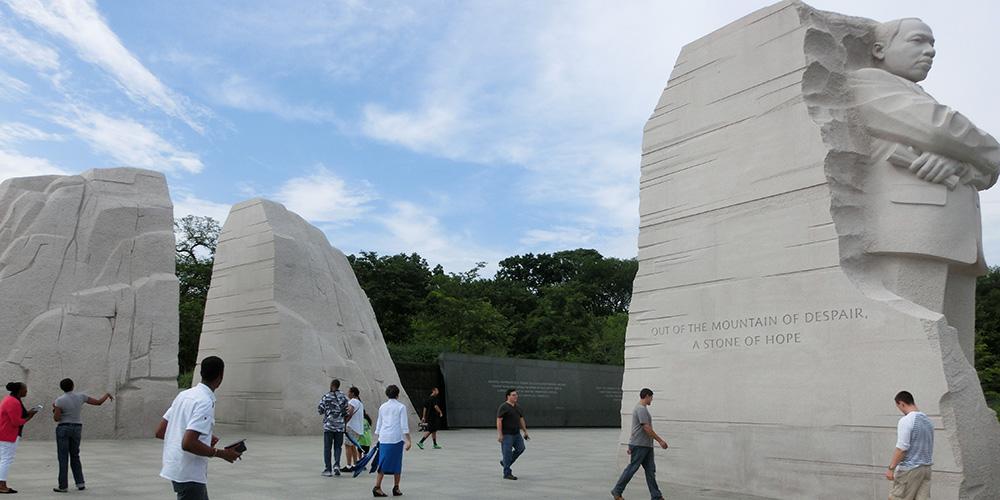
The school trip abroad is not only an opportunity for students to engage with their surroundings on an educational level but a human level. It gives students a chance to stop and take stock of a location, an event; something that changed the course of time and made its way into the history books. These moments can be eye-opening, poignant, insightful, and even heart-wrenching.
However, it is in these moments when students step away from social media and communicating superficial emotions via emoji-filled messages to their friends that allows them to reflect and consolidate their thoughts on something very real.
Never forget
We take a look at 11 visits from destinations around the world that not only support learning, but will emotionally move and change your students and, most likely, you as well.
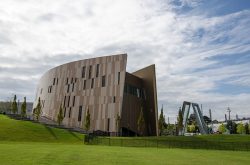
1. Center for Civil and Human Rights, Atlanta
The Center for Civil and Human Rights provides an immersive experience to students allowing them to engage with a series of thought-provoking exhibitions. Students will be able to explore personal items of Martin Luther King, Jr. and gain a deep insight into the struggles faced by the American Civil Rights Movement and the work carried out by determined individuals to make a difference.
Along with discovering detailed personal accounts, students will be able to use the visit to open up a discussion around the American Civil Rights Movement’s connection to today’s Global Human Rights Movement.

2. Tiananmen Square, Beijing
Located in the centre of Beijing, the city square contains a number of monuments, including that of Mao Zedong – the proclaimed founder of the People’s Republic of China. However, it is the square’s more modern history that lends itself to a point of poignancy. June 1989 saw the square become the scene of an armed suppression of the pro-democracy moment.
Labelled the Tiananman Square Massacre, troops followed the government’s declaration of martial law and killed several hundred student demonstrators. Together with the vast size of the square, students will be able to place the scale of the events in context, including the famous image of the “Tank Man” that remains a powerful image of defiance.
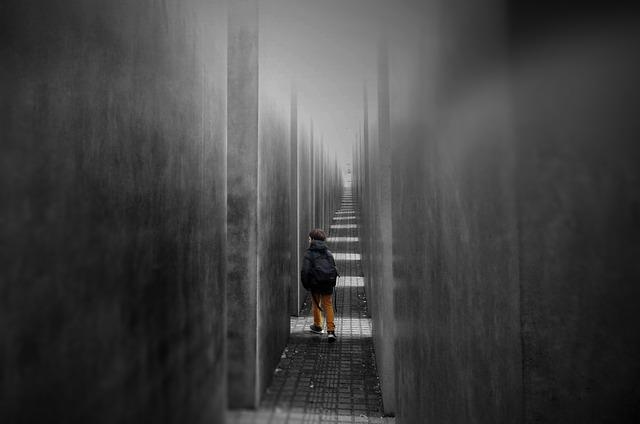
3. Memorial to the Murdered Jews of Europe, Berlin
Walk amongst the 2,711 cold, grey concreate pillars that make up the memorial and you’ll soon feel the weight of the Holocaust. The uneven ground is an unsettling metaphor for – what designer Peter Eisenman classes as – ‘the instability inherent in what seems to be a system’.
The undulating ground therefore lays the setting for students to discuss not only how events can be interpreted through art but how the Holocaust is commemorated.
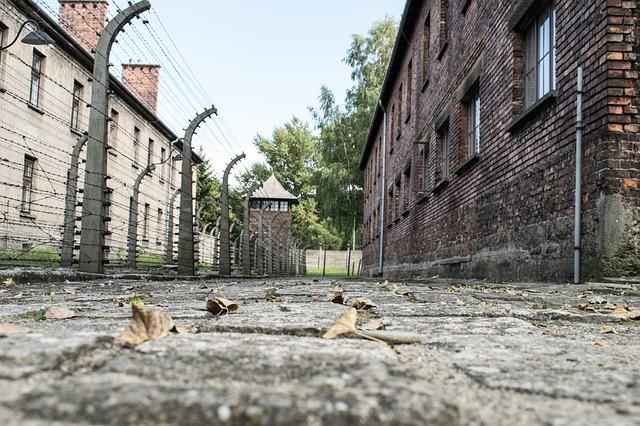
4. Auschwitz-Birkenau Concentration Camp, Krakow
‘Arbeit macht frei’…these are the infamous words of a false hope of freedom hanging above the gates to Auschwitz 1. They stand as an eerie reminder of the evil and manipulative manner in which European Jews were treated through the Holocaust.
Whether you arrive at Auschwitz-Birkenau in the scorching heat or on a cold day with unrelenting rain, the impact of the sites is equally as daunting and powerful. Students will be guided through the buildings that hold personal items, images and documentation relating to those who suffered at the hands of the Nazis.
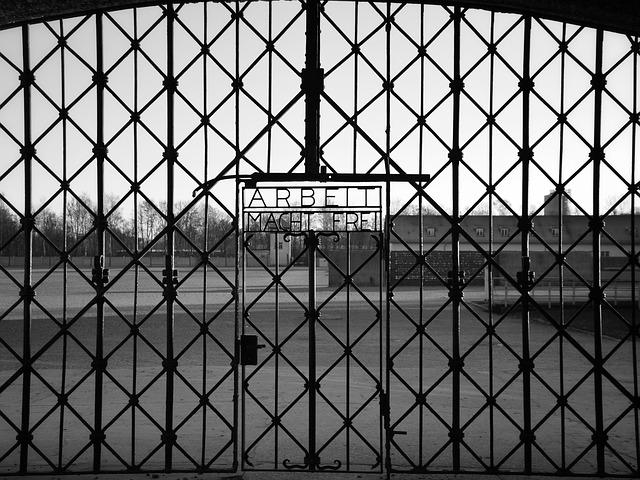
5. Dachau Concentration Camp, Munich
Dachau stood as a model for future concentration camps under Nazi rule stemming from Heinrich Himmler’s operation ‘Sonderbahndlung’ (Special treatment). The memorial that now stands on the grounds of the former concentration camp was established in 1965 under the initiative of surviving prisoners.
Students have the chance to explore the grounds, which features a model barrack, crematorium and additional exhibitions detailing the history of the camp and treatment prisoners received in the rooms. There is a blunt reality students will be faced with on a visit to Dachau. The concept and brutality of the events at Dachau is a clear reminder of the importance that such atrocities should never be seen again.
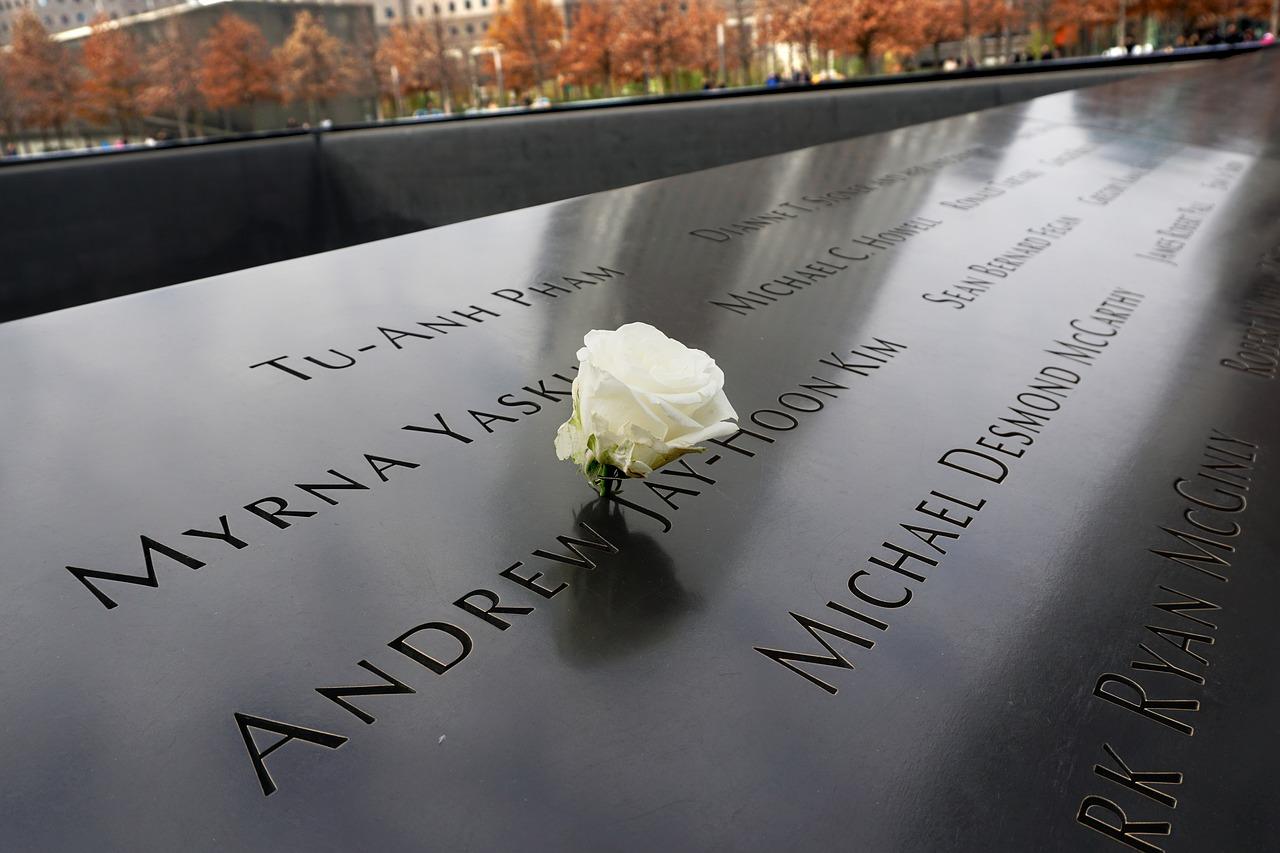
6. National 9/11 Memorial, New York
Walk around the National 9/11 Memorial and an almost overwhelming silence descends upon you only broken by the sound of the Big Apple’s traffic. Around the twin reflecting pools and waterfalls sit bronze panels inscribed with the names of those who lost their lives that day.
Teachers will see students absorb the experience of being amongst the neighbouring skyscrapers of New York City that stand almost like a concrete jungle of trees arching above the site. There is also the opportunity to visit the 9/11 Memorial Museum that uses artefacts, multimedia displays, narratives and archives to examine the implications of the events that occurred on September 11, 2001.
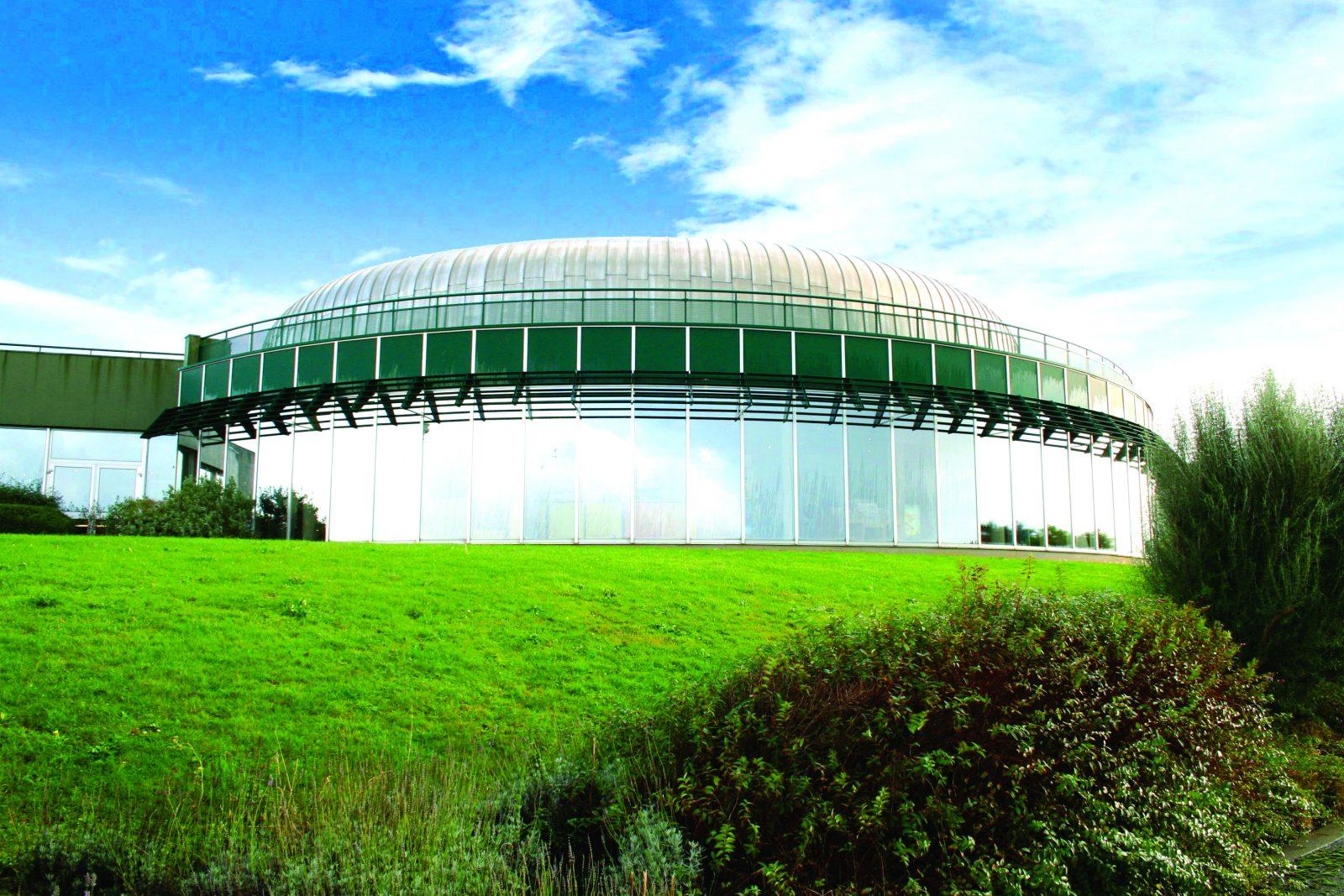
7. Arromanches 360, Normandy
The overwhelming experience of war is something that will always be difficult to translate through history books. A cinematic experience unlike any other, the powerful 360-degree footage transports students’ minds to the beaches of Normandy.
Archive footage, the sound of heavy artillery, impactful music and the words of Winston Churchill go a long way to piece together the call of duty placed on the shoulders of young men. Don’t underestimate the impact of a 20-minute production that will leave students and teachers alike with a deeper insight into the Battle of Normandy.
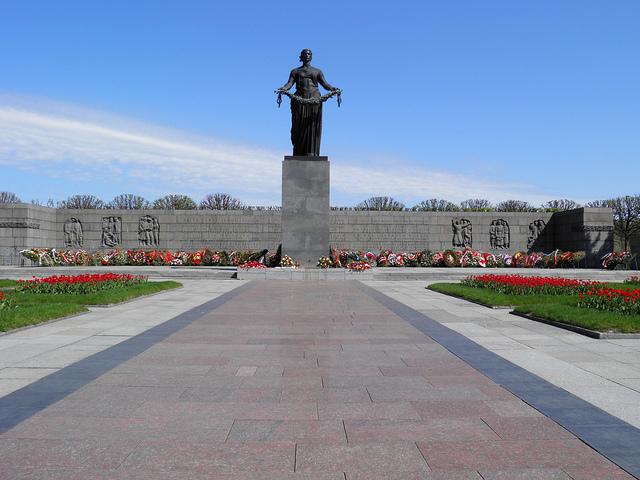
8. The Piskaryovskoye Memorial Cemetery, St Petersburg
Walking past the eternal flame and down the granite steps will see students meander up to the Motherland monument. Inscribed with a poem by Olga Berggolts, the words are directed to the Leningraders; civilians and Red Army soldiers who lost their lives during the Second World War and the 900-day siege of Leningrad.
The cemetery serves as a stark reminder of the tragedy that hit present day St Petersburg and highlights to students the reality of the devastation the area faced.
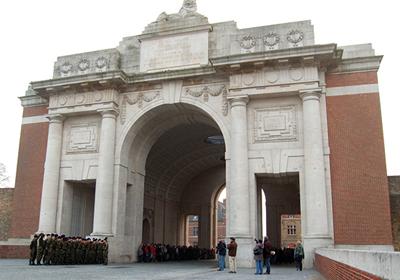
9. Menin Gate and the Last Post Ceremony, Ypres
Each night at 8pm, the traffic stops around the Menin Gate memorial. Six buglers from the fire brigade play the Last Post, reveille and then silence descends. The tribute remains as powerful as ever with the town continuing to show its appreciation for those who sacrificed so much for their home.
Connecting students with the First World War, the Last Post ceremony is truly a heart-wrenching occasion that is sure to engage all learners in the moment.
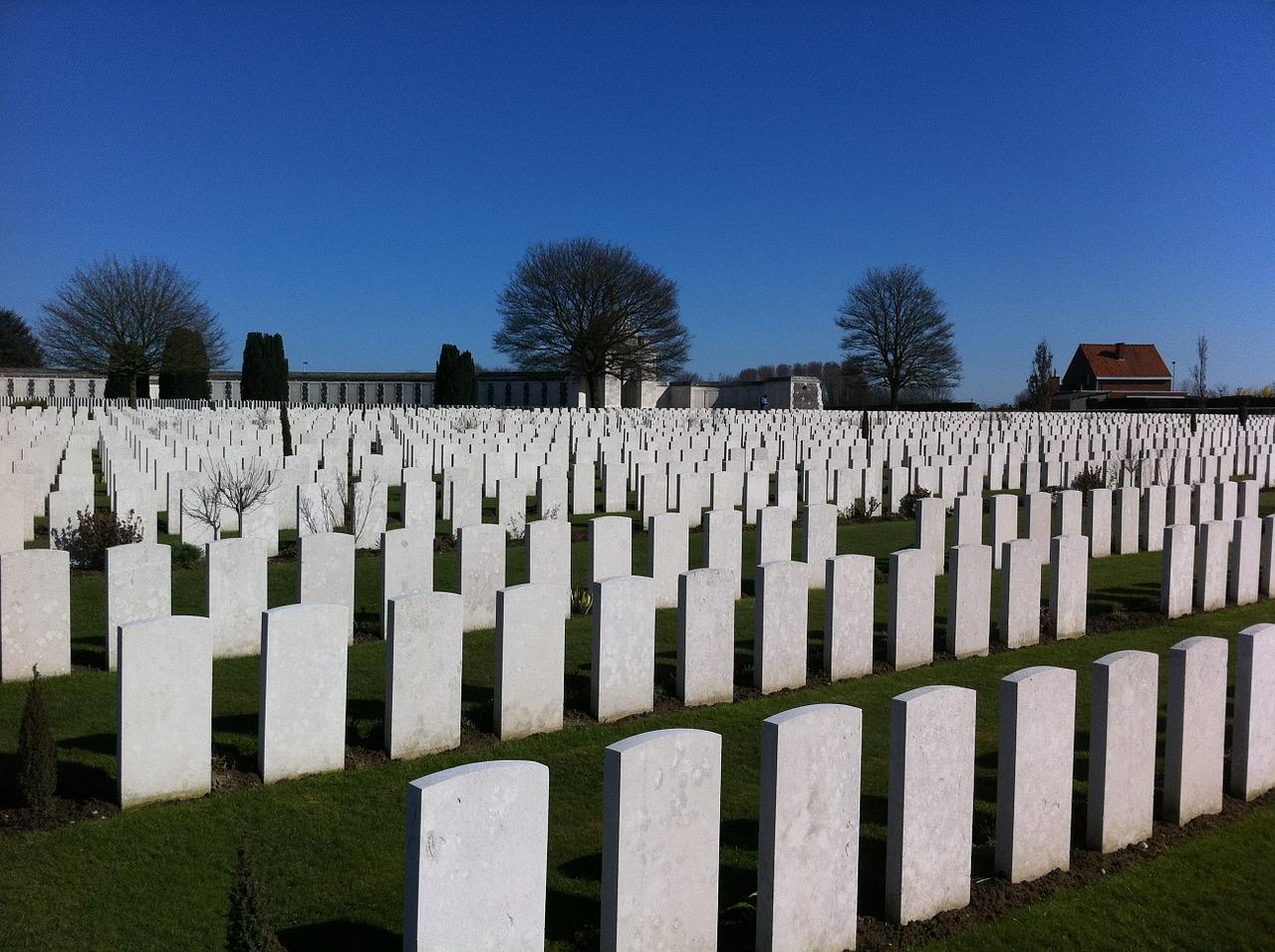
10. Tyne Cot Military Cemetery, Ypres
The beautifully maintained Tyne Cot Military Cemetery is the largest Commonwealth cemetery in the world with 11,954 soldiers remembered. ‘Known unto God’ can be seen inscribed on the headstones of those unidentified.
Tyne Cot stands as a sickening reminder of the draining upheaval and toll the First World War took on so many lives. The cemetery exudes a sense of peace and calm which sits in dramatic contrast to the mud-ladened wasteland that would have enveloped young soldiers on the battlefield.
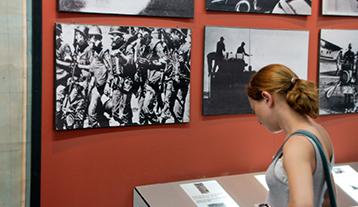
11. War Remnants Museum, Vietnam
Few museums deliver such a brutal account of the effects of war on civilians. The War Remnants Museum in Ho Chi Minh City is a must addition for any trip to Vietnam. Students will be exposed to detailed insights from victims of US military action and the Agent Orange exhibition is particularly effecting on a deep level.
The museum houses a series of US armored vehicles, artillery pieces and infantry weapons. Areas of the museum are also dedicated to particular events during the Vietnam War, including the notorious French and South Vietnamese prisons of Phu Quoc and Con Son Islands. This intense history excursion will provide students with a wholly unique and memorable experience which will support further comprehension of the Vietnam War back in class.

Comments are closed here.